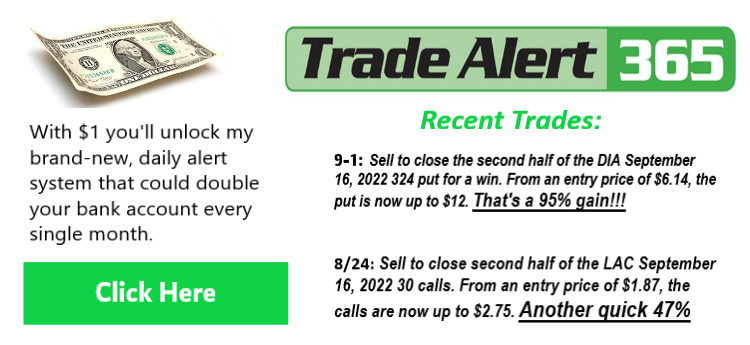by Ian Cooper
Keep an eye on the Volatility Index (VIX).
At the moment, it’s too calm under 17. Historically, when it’s this eerily calm and relative strength (RSI), Bollinger Bands, Full Stochastics, and Williams’ %R are this low, we’ll see an increase in volatility, and chaos in the markets. While we hope we’re wrong, we’re using history as our guide here.
In fact, if you look at a two-year chart of the VIX with those very technical indicators, you can see just how calm it is – and how we can historically use that calm to our advantage. For one, when the VIX challenges or penetrates its lower Bollinger Band, it’s considered oversold, and begins to pivot higher shortly after. That increase in volatility often leads to downside in the major indices. Two, we can confirm the VIX is oversold with RSI at or below its 30 line. Three, we can confirm its oversold again with Full Stochastics at or near its 20-line. And four, we can confirm further with W%R at or above its 80-line.

While you can always pick up put options on the major indices, another way to prep for potential chaos is with:
Pro Shares Ultra VIX Short-Term Futures ETF (UVXY)
As the VIX pops, so does the UVXY ETF. For those of you that are new to the UVXY, the ETF was designed to match two times (2x) the daily performance of the S&P 500 VIX Short-Term Futures Index. As the VIX moves higher, the UVXY typically follows.

iPath S&P 500 VIX Short-Term Futures (VXX)
The VXX ETN provides exposure to the S&P 500 VIX Short-Term Futures Index.
ProShares VIX Short-Term Futures ETF (VIXY)
ProShares VIX Short-Term Futures ETF provides long exposure to the S&P 500 VIX Short-Term Futures Index, which measures the returns of a portfolio of monthly VIX futures contracts with a weighted average of one month to expiration.









Recent Comments